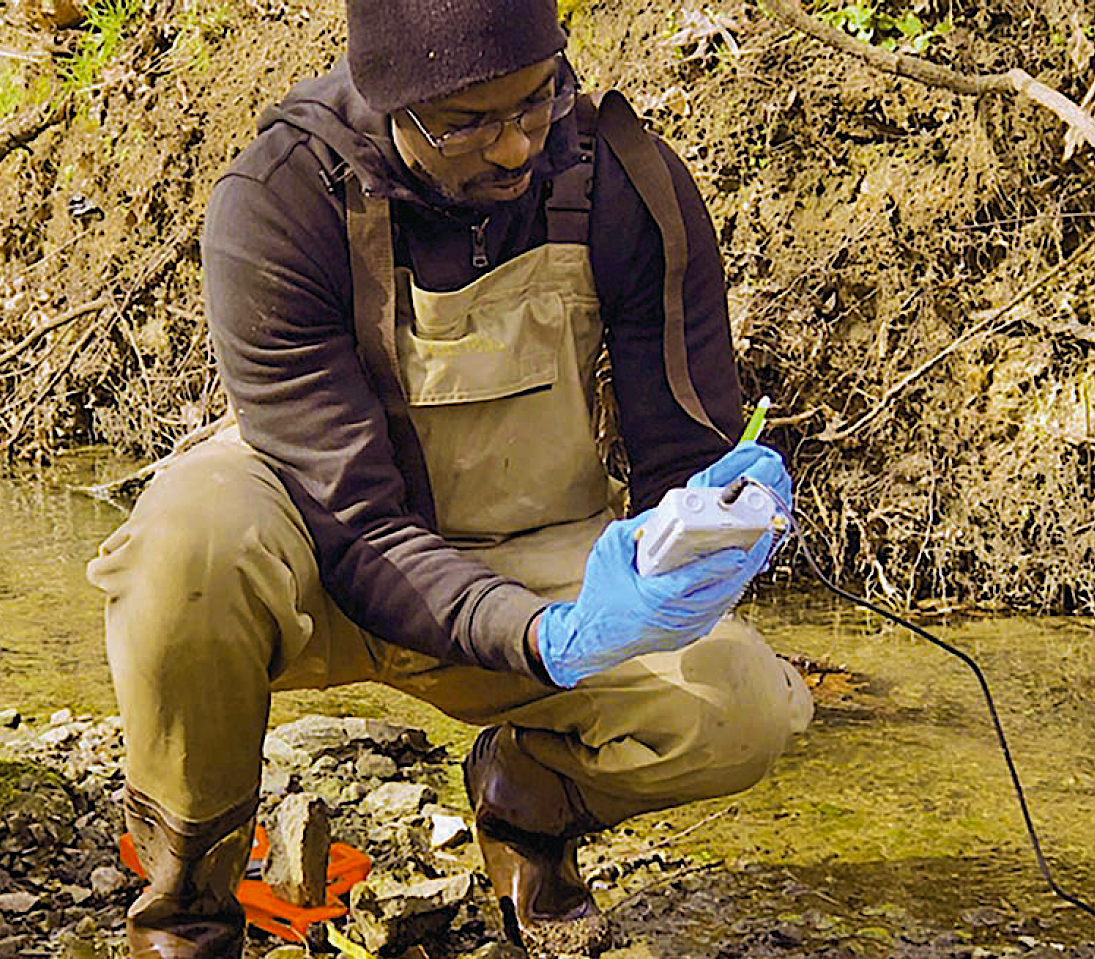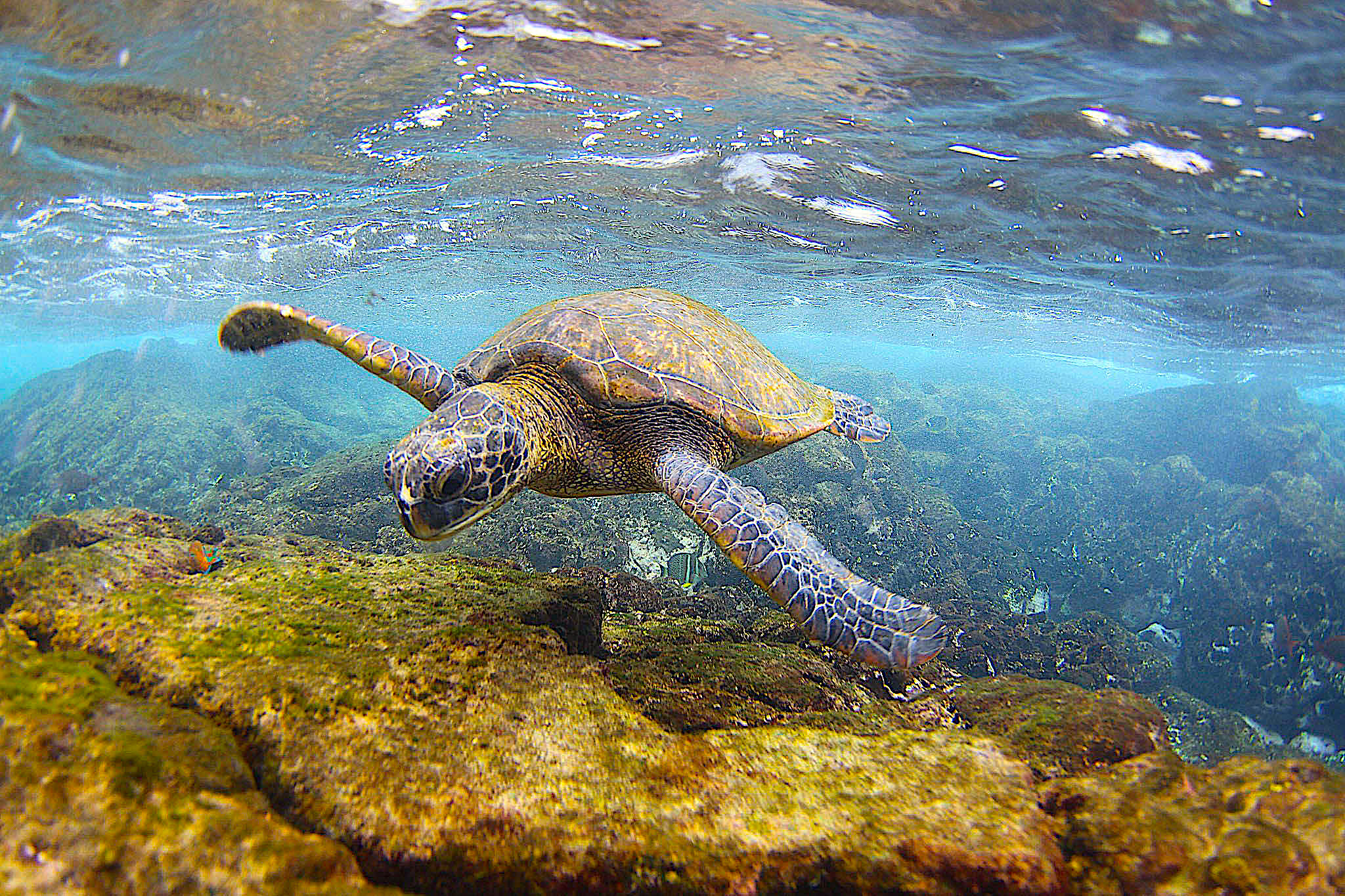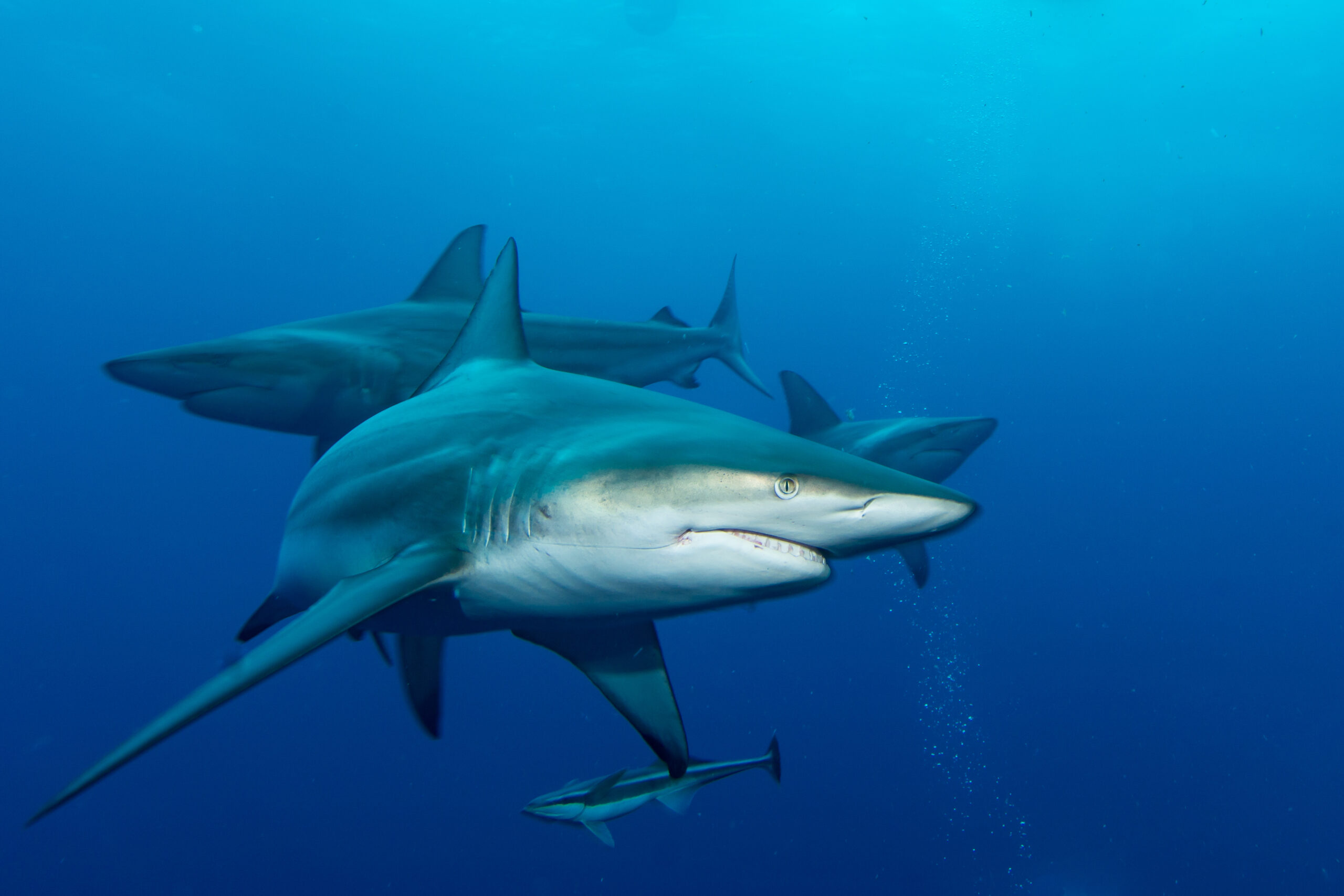NC Coastal Landscaping Designs
Deciding which plants to use in your yard can be a challenging task — especially in harsh coastal environments.
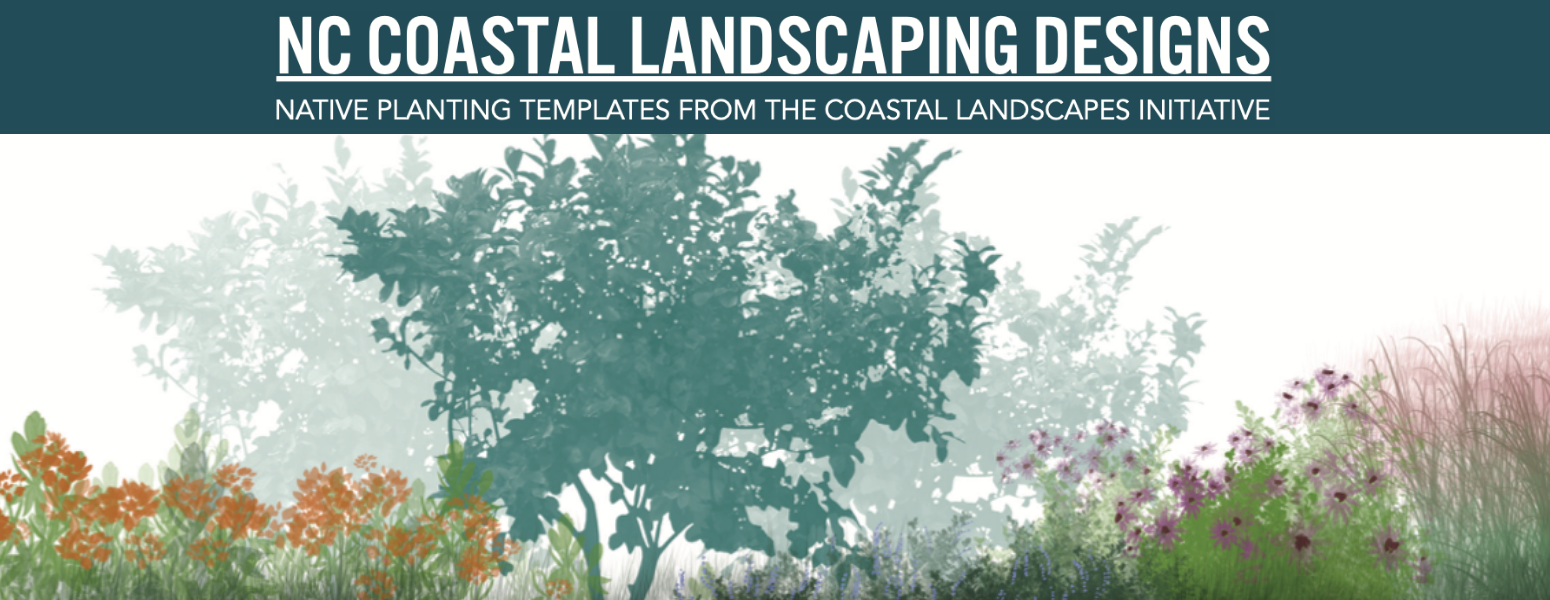
The following landscaping design templates are intended for anyone interested in growing native North Carolina plants in their yards. The templates are part of a larger series produced by the Coastal Landscapes Initiative and include two types of designs: borders and screens. Borders define edges and organize spaces in your yard but also can work as stand-alone gardens. Ideal locations are along walkways, driveways, fences, or road frontage. Screening designs block unwanted views and increase privacy. Ideal locations are along the street front, between houses, or in front of fences, air conditioning units, trash cans, and gas tanks.
Why Plant Native?
Native plants play important roles in the coastal ecosystem. Incorporating them into developed landscapes is key to sustaining our coastal communities. These plants are attractive, versatile, and resilient. Native shrubs and trees are more likely to withstand the effects of storms because they are adapted to harsh coastal conditions. Wildlife also relies on native plants for nourishment and shelter.
Using These Designs
Each template provides the design intent, ideal site conditions, an illustration of the design at maturity, a detailed planting guide, plant quantities, spacing, and seasonal bloom or berry color (gray indicates inconspicuous blooms or berries). Alternative plant suggestions and maintenance tips are included as well.
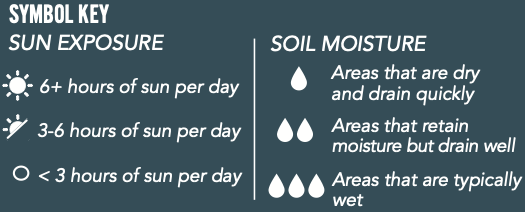
All designs have the same dimensions and can be modified or combined, such as by adding curves. When combining designs, you may need to move or rearrange plants to address crowding along edges. Also, the suggested number of perennials creates maximum density and effect from the start. If you are comfortable with less dense gardens, use fewer perennials.
When considering planting locations, do not place tall- growing plants below electrical power lines or where they pose hazards to built structures. Also avoid installing trees or shrubs above or near septic fields and close to mature trees. At least three days before you start digging, call 811 or 1-800-632-4949 for a free service that will mark your buried publicly managed utility lines.
Elevation View
• Illustrates plant heights, horizontal spacing, and visual appearance such as shape, texture, and color.
• Shows the garden at maturity. It will take a year or more before a newly planted garden starts filling out.
Plan View
• Depicts plants, layout, and spacing for a 20-foot- by-5-foot area.
• Plants are color-coded and labeled with dimensions at maturity. Plants will be smaller when installed.
• Spacing is given “on center” (O.C.), indicating the planting distance between the center of one plant to the center of the next, regardless of plant size at installation.
Worksheet and Other Resources
Gridded worksheets can help you determine where the designs best fit on your property. A printable worksheet, plant guides, and other resources on native plants are available online: go.ncsu.edu/CoastalLandscapes.
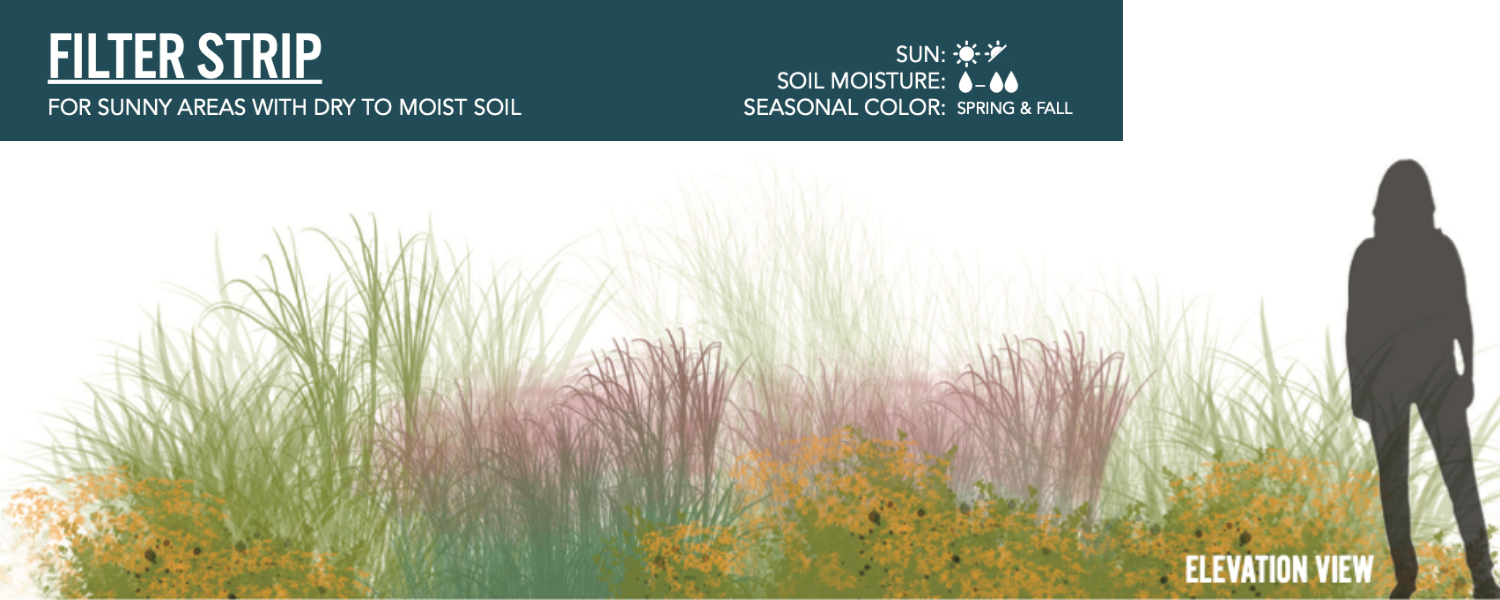
Description
This simple, naturalistic design works well along roads, driveways, ditches, swales, pond shores, or bulkheads. The plants filter out sediment, nutrients, and other pollutants from stormwater and also attract native pollinators and birds.
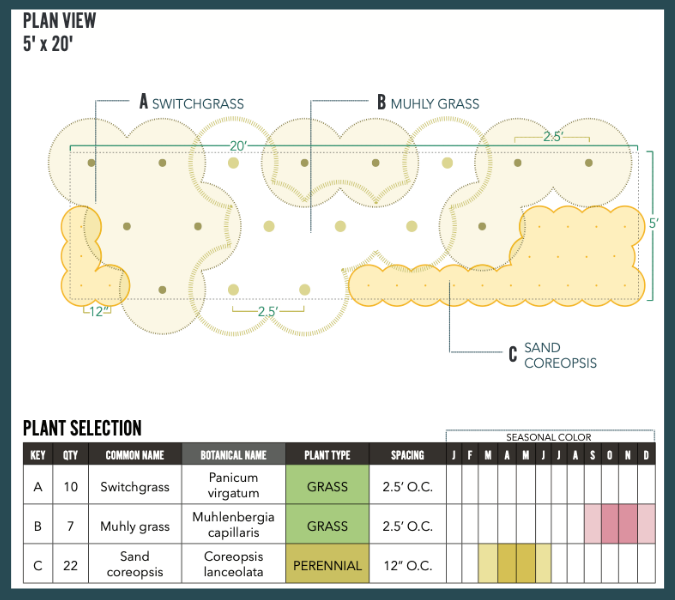
Alternative
Grass substitutes: Elliott’s lovegrass (Eragrostis elliottii) and the perennial goldenrod cultivar Solidago rugosa ‘Fireworks,’ which blooms in autumn.
Perennial substitutes: For autumn interest and pollinator support, use calico aster (Symphyotrichum laterifl orum) and Solidago rugosa ‘Fireworks.’
For early season color, use blue wild indigo (Baptisia australis) or bluestar (Amsonia tabernaemontana).
Maintenance
Cut back grasses in late winter or early March. Leave an 8-to-12-inch crown on the muhly grass.
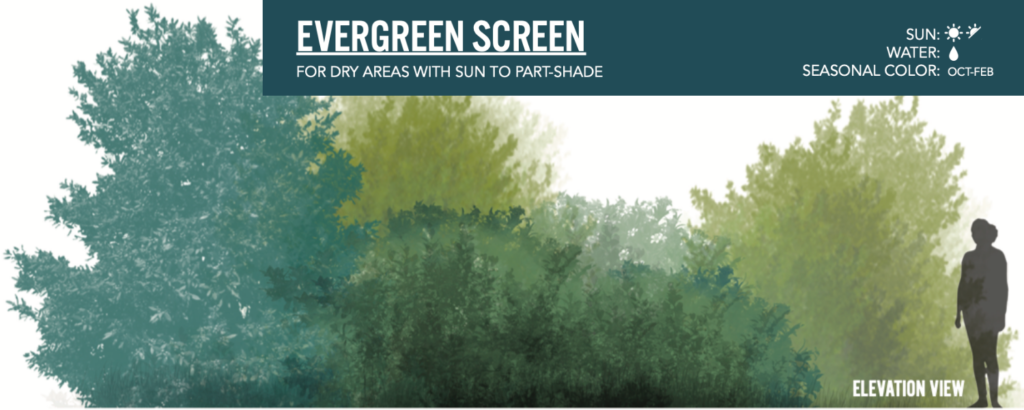
Description
The dense, bushy habit of these large shrubs provides separation and privacy, making this screening garden ideal for along roads or between houses. When placing this design, avoid blocking long views of the landscape for you and your neighbors.
Wax myrtle has a fast growth rate, yaupon has a moderate rate, and inkberry grows slowly.
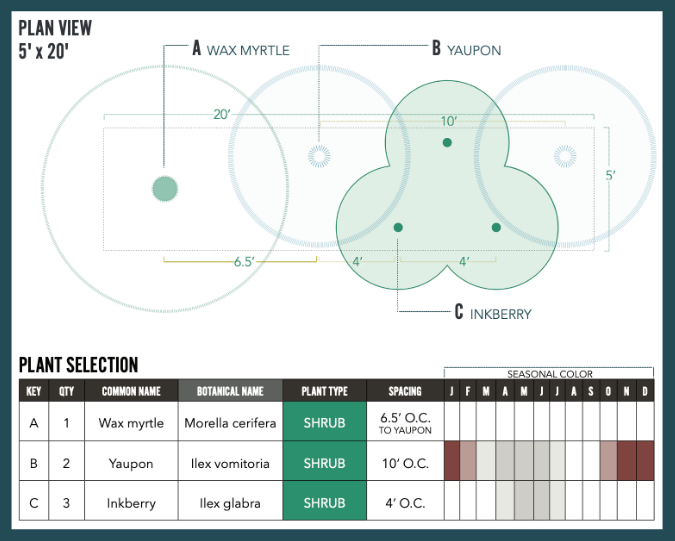
Alternative
The eco-regional anise shrub (Illicium parviflorum) is an additional shrub option. If you prefer less height, dwarf varieties also are available for most plants in this design. Dwarf palmetto (Sabal minor) would be appropriate for drier sites.
Maintenance
If needed, prune shrubs in late autumn or winter.
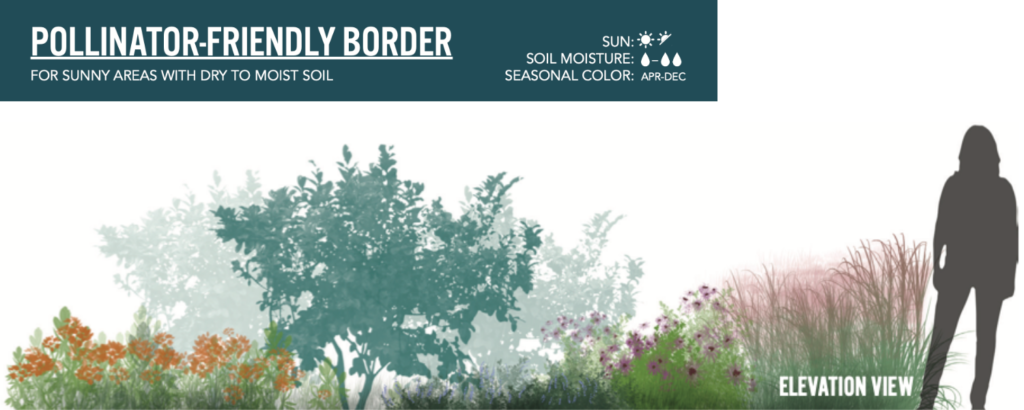
Description
The combination of flowering perennials, native ornamental grass, and shrubs add year-round interest with texture and color. This design also provides important foraging grounds and habitat for birds, bees, and butterflies. Butterfly weed (or milk-weed) is a host plant for monarch butterflies. It also readily seeds, so patient gardeners can plant less, letting it naturally colonize over time. If exposure to salt spray is a concern, search for more salt-tolerant plants.
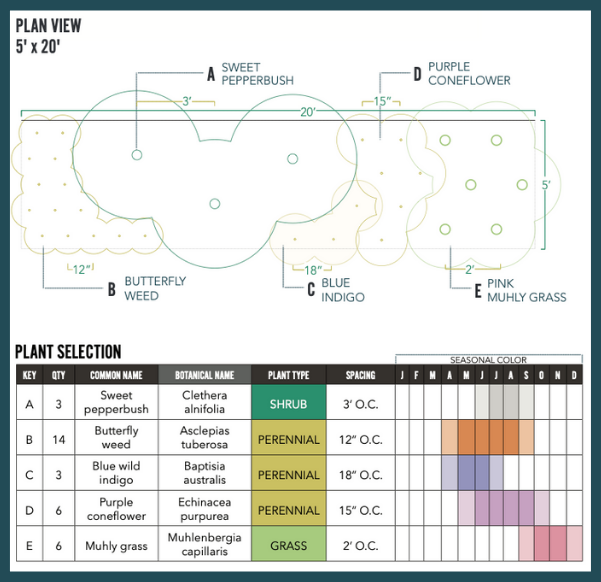
Download Pollinator-Friendly Border.
Alternative
Shrub substitutes: For dry soils, Adam’s needle (Yucca filamentosa) is a good choice. Otherwise, opt for inkberry (Ilex glabra).
Perennial substitutes: eastern smooth beardtongue (Penstemon laevigatus), sand coreopsis (Coreopsis lanceolata), or more butterfly weed. Also, add a tall (6-foot) semi-evergreen bush like zenobia (Zenobia pulverulanta) on the back of the border for year-round structure.
Maintenance
Prune clethra in winter or early spring, if needed. Cut back grasses in late winter or early spring. Leaven an 8-to-12-inch crown on muhly grass.
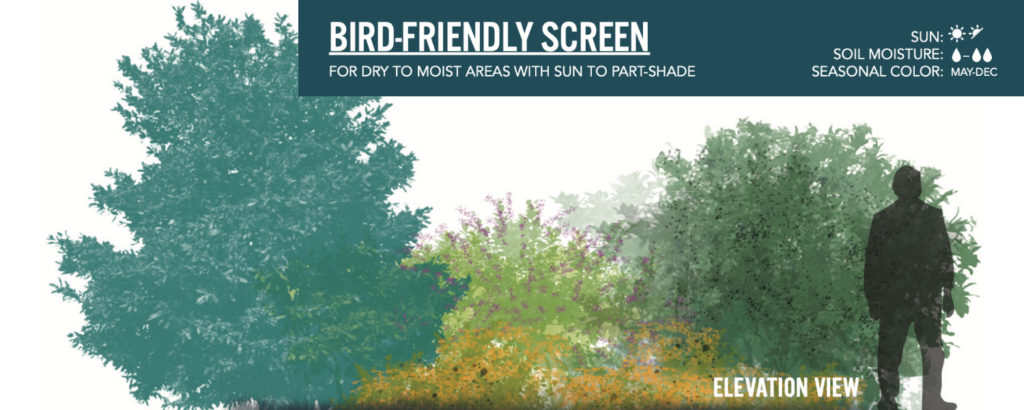
Description
All plants in this design attract birds to the yard. Wax myrtle, inkberry, and beautyberry produce abundant berries in late summer and fall that are irresistible to birds and other backyard wildlife. Many birds also eat the seeds of the orange coneflower.
This design provides a screen to increase privacy or block unwanted views. It also creates a stand-alone garden area for observing wildlife. Only female plants of wax myrtle and inkberry produce berries, so try to select a female plant at the nursey and ensure there are male plants nearby for pollination (in a neighbor’s yard or a natural area). This approach is also true for the alternates below.
Wax myrtle and beautyberry are fast-growing while inkberry is slow-growing.

Download Bird-Friendly Screen.
Alternative
All of these plants should be readily available. If you need less height, dwarf varieties exist for most of the shrubs.
Shrub substitutes: For wax myrtle, try yaupon holly (Ilex vomitoria). For beautyberry, choose winterberry (Ilex verticillata) or black chokeberry (Aronia melanocarpa). For inkberry, try dwarf palmetto (Sabal minor) or deciduous coralberry (Symphoricarpos orbiculatus).
Maintenance
If needed, shrubs can be pruned in late autumn or winter. Beautyberry can be pruned more than other shrubs if a smaller size is desired, but it also thrives if left to grow. Wax myrtle recovers quickly from minor storm damage, but broken branches or damaged bark should be removed.
Access the PDF version of this article.
- Categories:
